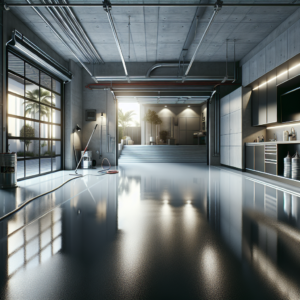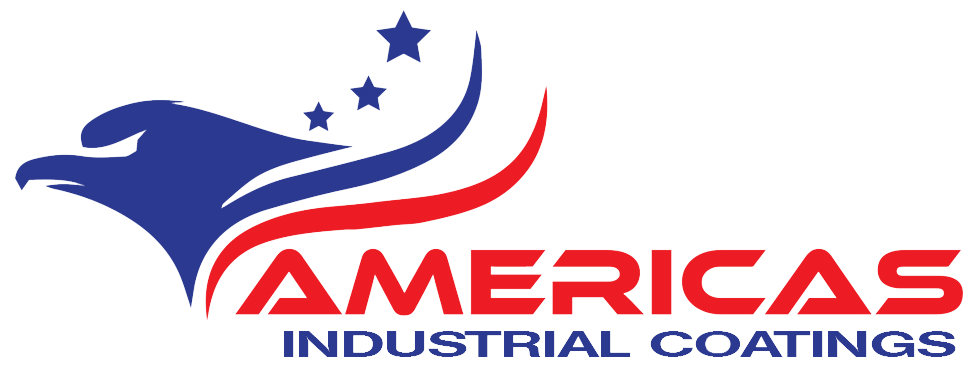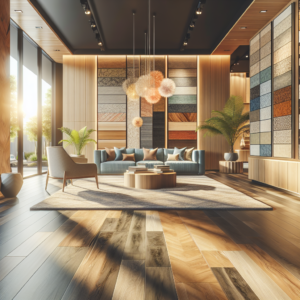
Why Choose V Flooring Pte Ltd for Your Flooring Needs?

Transform Your Garage with Epoxy Floors in Fort Myers, FL

Discover V Flooring Pte Ltd: Your Flooring Experts!
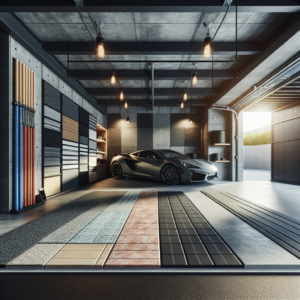
What is Your Garage Floor Made Of? Find Out Here!
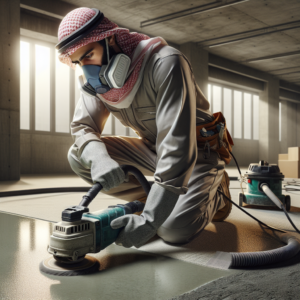
How to Prepare Your Floor for Epoxy Coating
